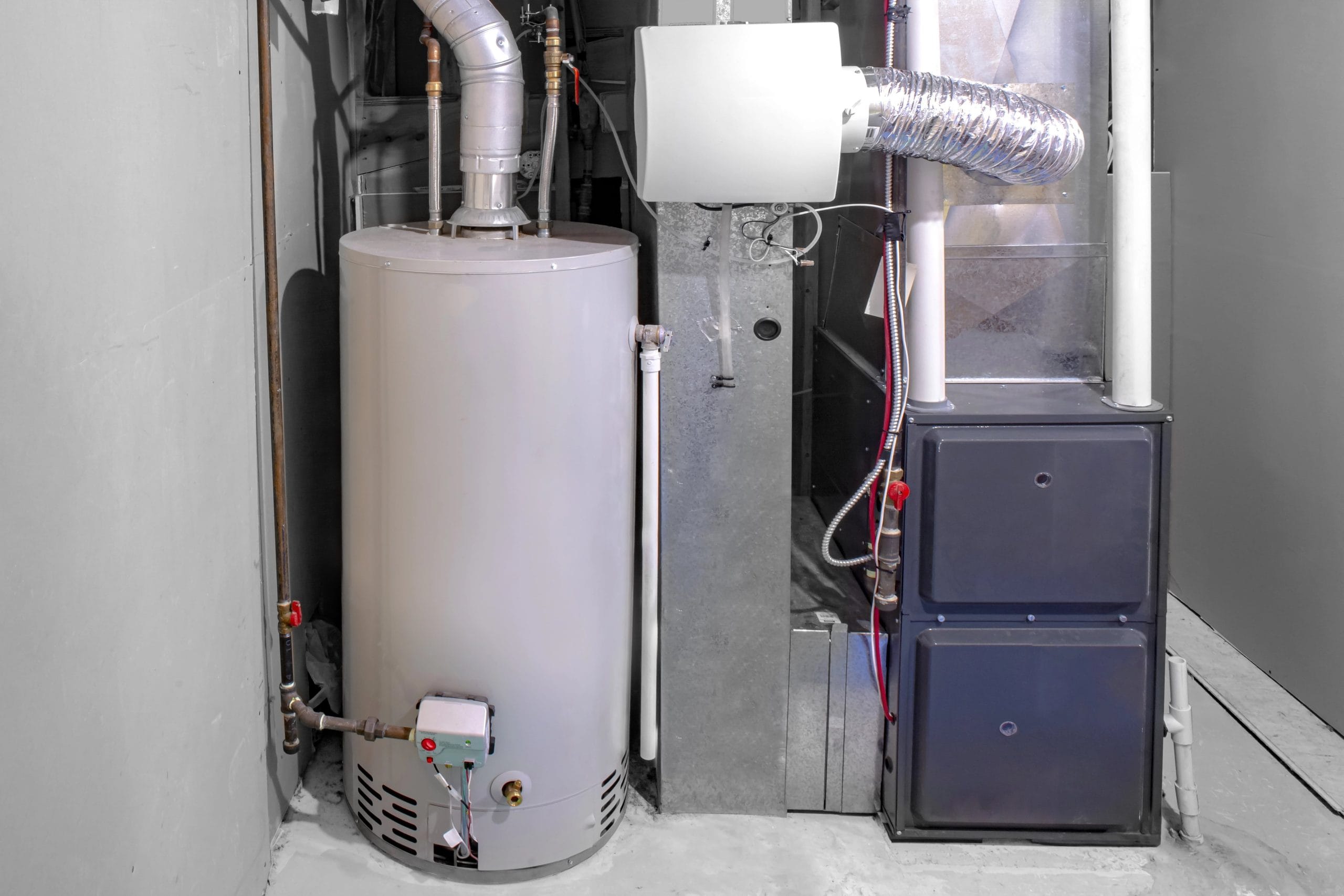Is your heating system costing you more than it should, or worse, leaving your home cold when you need warmth the most? Many homeowners wrestle with the decision to turn off the furnace during mild stretches or when leaving the house.
It feels like a simple way to cut energy costs, but the wrong move could strain your HVAC system, disrupt your house temperature, or even risk freezing pipes. Before toggling between heat and off, here’s what you need to know about how cycling your furnace affects your comfort, safety, and long-term savings:
Normal Cycle Of A Furnace
Your furnace isn’t malfunctioning just because it shuts off periodically. In fact, that’s exactly how it should work. When the thermostat setting hits your desired temperature, the system pauses. Once the temperature drops, it powers back on. This routine cycling helps regulate comfort without overworking the combustion chamber or clogging the air filter.
It’s how both the heater and air conditioning system maintain balance year-round, even in homes with radiant floor heating. Just be careful not to turn off your furnace at the power source, as that disrupts the system and can complicate furnace maintenance.
How To Power Off A Furnace
If you’re planning to power down your furnace, knowing how to do it safely matters more than most people realize. Shutting it off the wrong way can strain modern furnaces, especially during unexpected temperature drops. Begin by adjusting the thermostat setting to a lower temperature or switching it to “off.” Use the dedicated power switch near the unit or shut it down at the electrical panel. For gas furnaces, turn the valve to stop the gas flow. This method helps protect your combustion chamber, prevent burst pipes, and maintain long-term energy efficiency throughout the heating session.
How Does Turning The Furnace Off Impact Energy Efficiency?
Turning off your furnace completely will disrupt the flow of heat and make your system work harder over time. Instead of helping to improve energy efficiency, it often leads to wider temperature swings and unnecessary strain during the next heating session.
Most furnaces, especially older furnaces, run best when the temperature inside stays consistent. Sudden shutdowns force the system to reheat the entire space, wasting more energy. That said, there are tools like programmable thermostats that allow for smarter temperature control without shutting the system down.
Will Turning Off My Furnace Save Me Money?
Turning off your furnace can help you save money, but only in the right situations. During the summer months or extended trips away from home, shutting down your system may reduce energy use. However, during the heating season, frequently turning your furnace on and off is usually a bad idea. The extra energy required to reheat your home can cancel out any potential savings and may place unnecessary strain on your system.
In some cases, shutting it down can lead to:
- Heat loss through ductwork and structural expansion
- Higher energy use during reheat operation
- Frozen or burst pipes in cold winter conditions
- Greater wear on components without proper schedule maintenance
For everyday use, it’s often more efficient to lower the thermostat or use programmable thermostats rather than entirely switching the furnace off.
Should I Leave The Furnace On During The Summer?
In most cases, it’s safe and smart to turn off your furnace during the summer months. Shutting it down prevents unnecessary wear and helps lower your energy footprint. Just make sure your air conditioning setup doesn’t rely on the furnace blower. For best results, pair seasonal shut-off with routine furnace maintenance or a checkup from trusted HVAC professionals to protect your house temperature year-round.
Gas Furnace With Pilot Light
If you have a gas furnace with a pilot light, it may continue burning fuel even when not actively heating. Shutting it off during warmer months can help save energy and reduce utility costs. Just be sure to relight the pilot properly before the next heating season begins.
Risks Of Turning Your Furnace Off
When the furnace turns off and your home drops below the desired temperature, the system becomes more vulnerable to damage. Some of the most common issues include:
- Frozen pipes that can burst
- Rust and corrosion from trapped moisture
- Dust and insect buildup inside dormant components
- The strain on parts from frequent cycling at a lower temperature
- Reduced performance if your AC shares furnace components
Still, Have Questions? Contact Provincial Heating & Cooling
Understanding when and how to shut off your furnace can help protect your home and avoid costly repairs. If you’re still unsure or dealing with furnace issues, Provincial Heating and Cooling is here to help. For expert repairs, replacements, and seasonal tune-ups, explore its trusted Winnipeg furnace services and get the support you need to stay safe and warm all year long.


